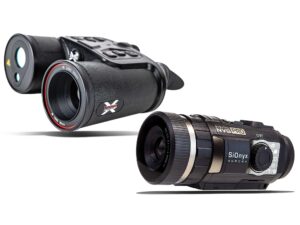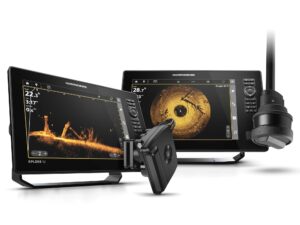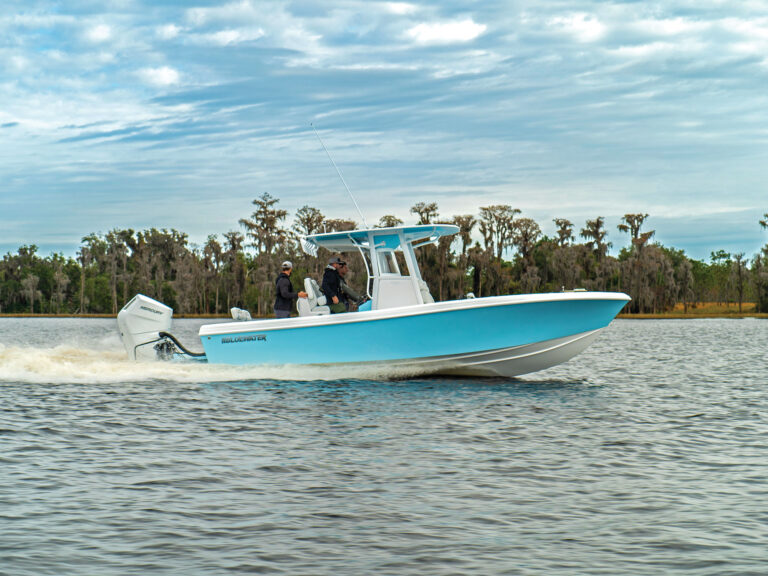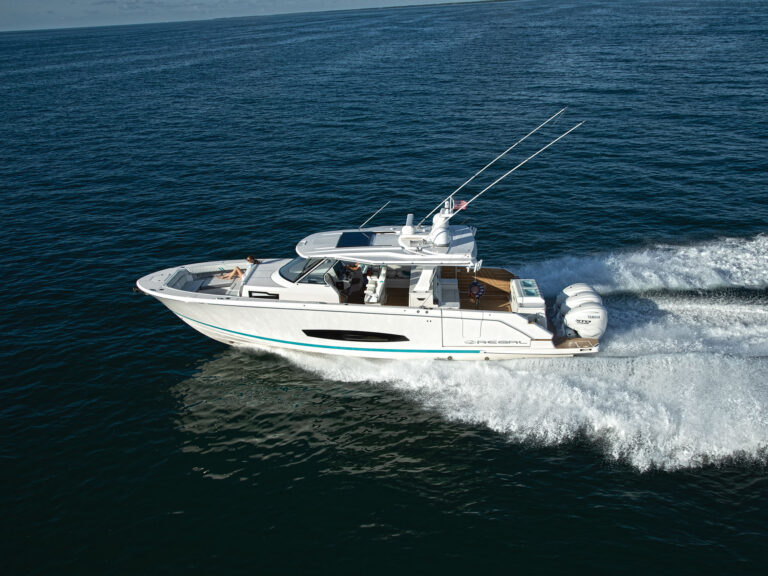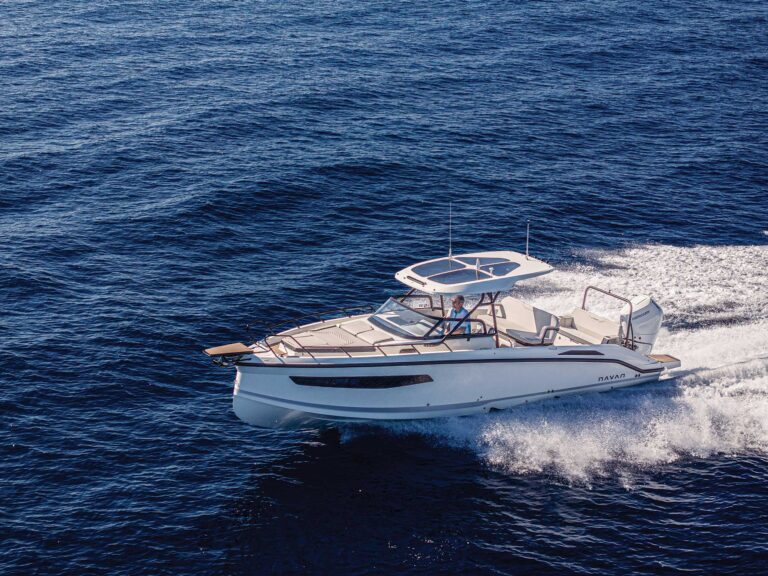In the 21st century, there’s a marine fuel filter out there with your name on it. When used as either a replacement part or an aftermarket install, these filters are an important part of a fuel system. So, which type is best for your boat? That depends on whether you have stern-drives or outboards and how much space is available for installation. For gasoline engines, there are filters with or without bowls, including both clear plastic and aluminum bowls. And don’t forget about disposable in-line filters. Here’s a quick review of each, with pros and cons and suggested uses.
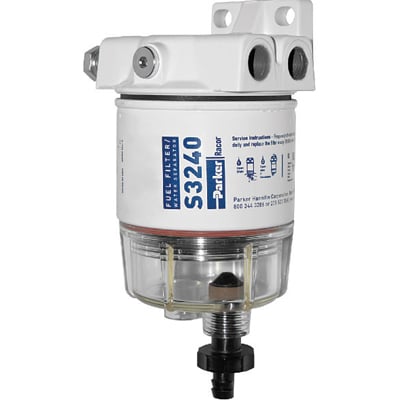
Clear Plastic Collection Bowl
The Clean Dirt: A clear plastic bowl attached to the filter element allows you to get a close look at the fuel’s condition and to see whether there is debris or water separated in the filter. Draining the filter’s collection bowl is accomplished through a self-vented valve.
Sticking Point: This isn’t approved by the U.S. Coast Guard for use with stern-drives or inboards inside enclosed engine compartments. You need to install it where you can get a clear view of the plastic collection bowl, not to mention in an area with enough space to place a drainage container underneath.
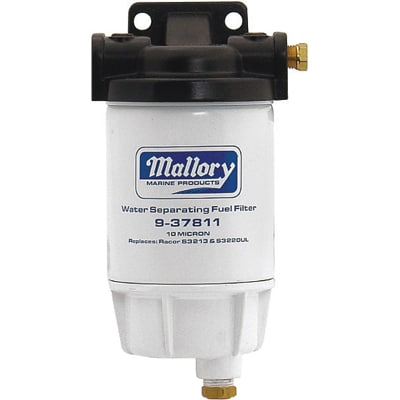
Aluminum Bowl
The Clean Dirt: It’s very similar to an outboard filter with a clear-plastic bowl but with an aluminum reservoir instead that’s designed to meet U.S. Coast Guard standards for heat and flame resistance. Instead of a draining valve, the metal bowl is equipped with a threaded drain plug underneath. Look for the proper Ul listing and USCG certification.
Sticking Point: you can’t check for water or fuel in the filter without emptying its contents into a clear container, like a peanut butter jar. As with the clear-bowl filter, you will need enough space to install it vertically and still have plenty of clearance below.
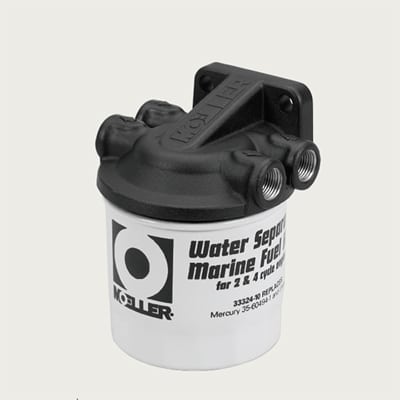
No-Inspection Bowl
The Clean Dirt: This disposable, remote filter is more compact than those filters with bowls and better suited for cramped engine compartments or outboard installations where space is at a premium. This filter is also less expensive than the other varieties.
Sticking Point: Checking for contamination is not possible without removing the filter and dumping its contents into a clear container. Since removing the filter destroys its sealing gasket, this type is generally replaced at a greater frequency than are filters fitted with inspection bowls.

